Information and communications technology has the potential to cut energy use and reduce greenhouse emissions by as much as 15 percent in the next decade while saving up to $750 billion, according to one estimate. That is an attractive proposition for businesses and governments looking for ways to tighten their belts in a slow economy, so it became a key focus of discussions this week between BSA member-company technologists and their counterparts in government as part of our annual CTO Forum.
Three opportunities stood out:
- The transition to cloud computing can save billions in energy costs. Energy use per user is reduced by at least 30 percent when organizations move business applications like email to the cloud. That is because cloud architectures use fewer servers to run more programs, and they match server capacity with actual demand.
- Software can save energy by prioritizing building retrofit options. Buildings are the linchpin for national energy-savings goals because they account for 40 percent of all energy consumption. With software solutions, we can identify the most inefficient buildings and the most cost-effective means for cutting their consumption. Government, as the nation’s single largest landlord, can drive this process forward by piloting the software tools and kick-starting commercial retrofitting efforts that create clean-energy jobs, a priority for policymakers.
- Software-driven communication tools can reduce the need for local and long-distance travel, dramatically cutting costs, boosting productivity, and saving enormous amounts of energy. Collaboration software, telepresence, VoIP, video conferencing and other software-enabled options for communicating offer a world of new possibilities for working productively with colleagues who are far away. Using those tools to replace 10 percent of business air travel could reduce carbon emissions by an estimated 36.3 million tons annually. Likewise, a study by the Telework Research Network has found the federal government could save nearly $3.8 billion from boosting telework as a result of reduced real estate costs, electricity savings, reduced absenteeism, and reduced employee turnover.
Taken together, the potential is almost as amazing as the technologies themselves. But we need to accelerate the use of modern software tools to achieve these savings. And over the long run, continued software innovation can be a vital catalyst for helping us address some of our national energy challenges, while also creating the new jobs and new cost savings we need to make the country more competitive.

